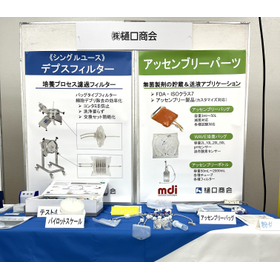Types of Pressure and Their Meanings - What are Absolute Pressure, Gauge Pressure, Shield Gauge Pressure, and Differential Pressure?
In the field of pressure measurement technology, the type of pressure varies depending on the reference point (reference pressure).
【Absolute Pressure】
In absolute pressure, the process pressure is measured with a vacuum as the reference. In the manufacturing process, the back side (reference side) of the diaphragm within the sensor element is kept in a vacuum and sealed in that state. When atmospheric pressure is applied to the diaphragm, the sensor measures the atmospheric pressure (meteorological atmospheric pressure). All fundamental physical formulas related to pressure are based on absolute pressure data.
【Gauge Pressure】
In gauge pressure, the process pressure being measured is referenced to atmospheric pressure. In other words, it measures the difference between the process pressure and the current atmospheric pressure. Since atmospheric pressure is affected by altitude and weather, it constantly fluctuates. Therefore, for processes where variations from atmospheric pressure are significant, measurements using gauge pressure are appropriate. The back of the measurement cell in gauge pressure sensors always has a vent hole, allowing the sensor element to reference atmospheric pressure within the housing. Gauge pressure is the most common type of pressure measured by pressure sensors and is used in almost all applications and industries.
For shielded gauge pressure and differential pressure, please refer to the related links below!

Inquiry about this news
Contact Us OnlineMore Details & Registration
Details & Registration






